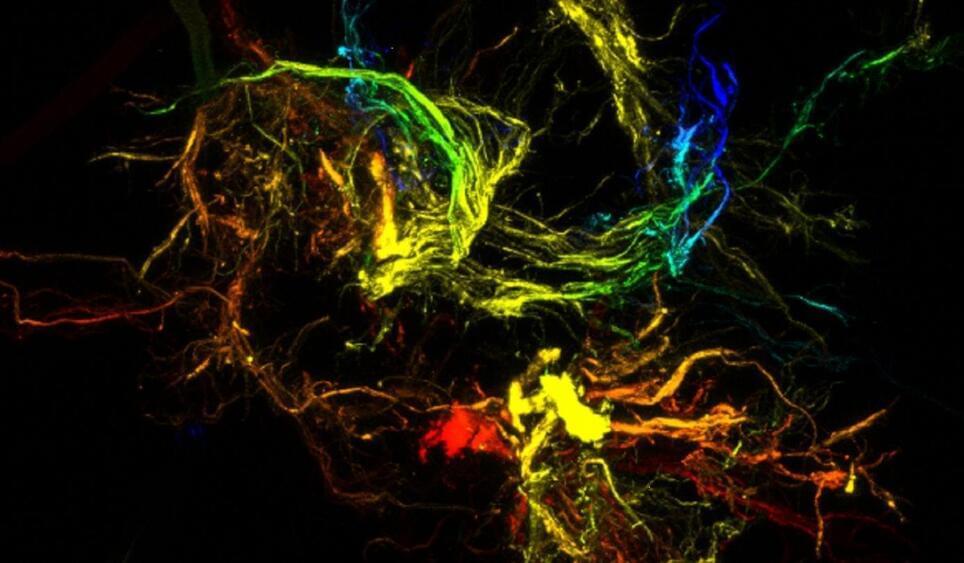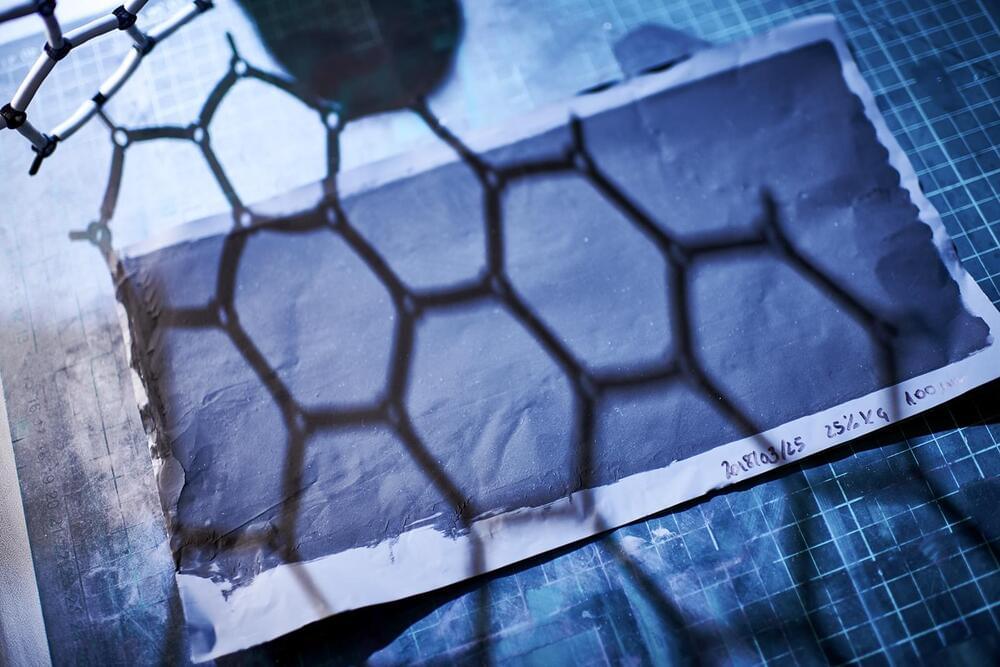Oct 12, 2024
The Next Frontier: DNA Emerges as a Powerhouse for Data Storage and Computing
Posted by Dan Breeden in categories: biotech/medical, computing, security
Researchers from NC State and Johns Hopkins have developed a breakthrough technology that leverages DNA for data storage and computing, offering capabilities such as storing, retrieving, computing, and rewriting data.
This technology is made viable by innovative polymer structures called dendricolloids, enhancing data density and preservation. It enables functions similar to electronic devices and could potentially secure data for millennia, providing a promising foundation for the future of molecular computing.
DNA Data Storage and Computing.


















